Helen Hunt, 60, Stuns During Her Latest Appearance, and Her Lips Become the Center of Attention

You know, it’s kinda funny how one little mystery that can change our whole idea of human evolution makes this little clay doll so unique. This is one of the world’s most important and impressive archaeological finds. And here’s why.
There’s an area called Hagerman Fossil Beds National Monument — it’s close to the small town of Nampa in southwestern Idaho. This US National Natural Landmark has the most extensive collection of fossils of ancient plants and animals that lived in North America before the Ice Age. For example, paleontologists have recently found the remains of an ancient horse that ran across green meadows about 10,000 years ago.
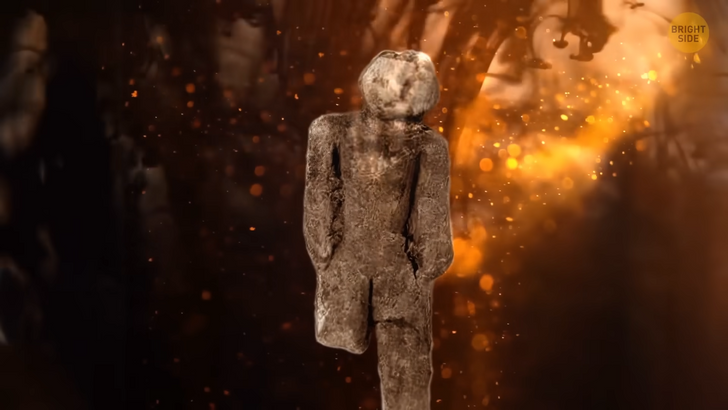
But the main discovery happened in 1889. Several workers came to this area to create a well. They drilled a pit about 300 feet deep — that’s the height of the Statue of Liberty. Then, with the help of pumping equipment, they began to pump out clay.
One of the clay pieces seemed rather strange to the workers. It was a small figurine of a human the size of a dime. It looked pretty old, battered by time and soil. The workers saw a carved mouth and eyes on its bulging head. Thick arms were pressed to the body. One of the legs was broken off. Also, there were discernible geometric patterns on the figurine’s arms, neck, and chest.
It seemed to be a sculpture of a woman. Despite its simple appearance, this doll was made by a real artist of that time. Such ancient figures are a sign of a developed civilization. But what was it doing so deep underground? And who created it? It’s unlikely we’ll ever find out. This toy is similar to the ancient figurines found in caves in France and Belgium.
But unlike them, Nampa Doll puts the timeline of human history in doubt. And it’s not even so much about the figurine but rather about the soil where it was found. Workers drilled through a geological stratum called the Glenns Ferry Formation. The figurine was found in 2-million-year-old clay. And that is the problem. Only Homo Sapiens that lived 2 million years ago in America could create such a doll. But this is impossible since modern humans appeared in Africa.
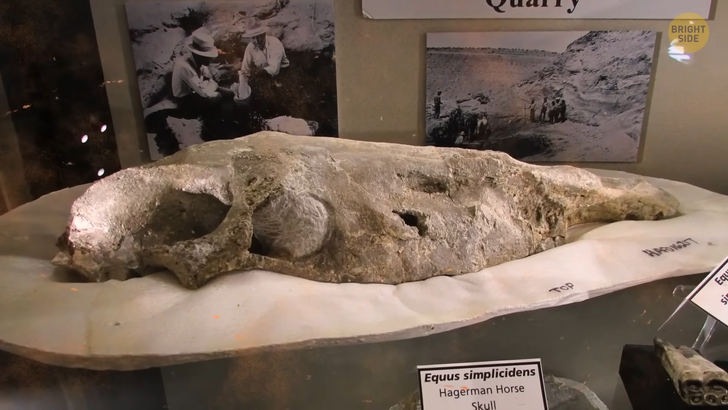
Nampa Doll is the only ancient artifact found in the New World. But what if Homo Sapiens had indeed walked around North America so long ago? In this case, it would cast doubt on many scientific discoveries and arguments of the last few hundred years. History will have to be rewritten anew.
Perhaps, the figurine is much younger. It could have fallen to such a depth accidentally because of cracks in the rock or volcanic activity. Maybe it was lying on the surface, but the workers pushed it deeper with their drilling rig. Or it got there during some kind of excavation. This place is popular among paleontologists because of the fossils, remember?
But some people have claimed that this figurine was a fake. One of them is American researcher and geologist J.W. Powell. He knew local Indians and saw their children playing with similar dolls. Some young guy dropped his toys close to the place where the workers drilled the well. The researcher was also surprised by the version that this fragile clay toy had been hidden deep in sand, gravel, and moist soil — and survived.
Thousands of years of floods had formed a thick layer of various ground materials. Then volcanoes erupted, and lava flows filled this place. All this time, the fragile statuette had been there, intact and almost undamaged. After a couple of million years, workers came and drilled a large hole. The rig didn’t destroy the doll, either. And then the pump pulled it to the surface. All this seems very unlikely. What do you think?
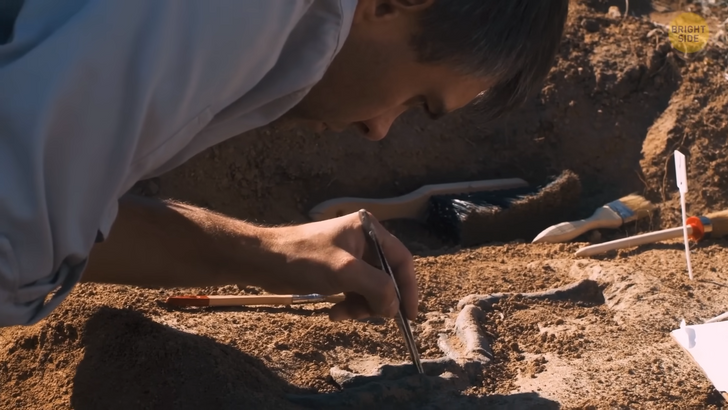
In 1936, a married couple was walking through the streets of London and noticed a strange stone with a wooden bar sticking out of it. They took it home and split the rock with chisels. There was a hammer inside the stone. The wooden bar sticking out of the rock was its handle.
Okay, an ancient hammer got stuck in the stone, nothing special. They gave it to archaeologists, who analyzed the rock. It turned out that this rock was more than 400 million years old! And the analysis of the hammer showed that it was even older — 500 million years old! It was so ancient that its handle had started to turn into coal.
But how could this hammer appear long before dinosaurs? The first insects began to pop up at that time! The head of the hammer consists of 96% iron. Nature couldn’t have created such a pure material. Obviously, it was created by people. But of course, the version that half a billion years ago, there was some kind of civilization doesn’t seem real.
The minerals inside ancient limestone dissolve well. Perhaps, they had penetrated into the metal head of the hammer and became part of the stone. This way, the hammer had grown into the rock. It’s difficult to verify this now since the hammer has become part of the collection of one museum. Its employees don’t allow conducting scientific analysis on this valuable exhibit.
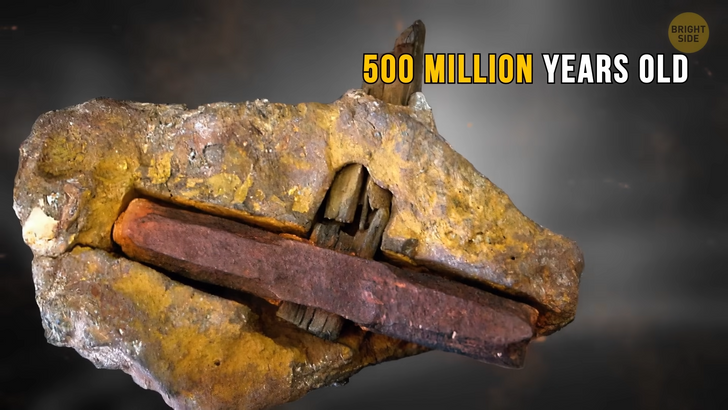
Everyone knows about the famous Stonehenge in the UK. The purpose of this stone monument is still unclear. But in 2015, even more mystery was added to it. Scientists discovered another monument called Super-Henge. It’s hidden underground, just 2 miles from its famous brother. And it’s 15 times larger than Stonehenge — both in size and weight.
Each of the 90 Super-Henge stones reaches 15 feet in height. The rocks lie horizontally on the ground in one row, forming a semicircle. They originally stood upright, but someone pushed them down about 4,500 years ago. Some suggest the Super-Henge was part of an even larger structure. Perhaps it was a fence or a wall. Also, it resembles a circular arena. More details of this monument might still be hidden in the ground.
Scientists learned that Stonehenge had been part of a big complex network of unique monuments. In addition to stones, people used poles, logs, and earthen ramparts in the distant past. This suggests that these monuments could have been used for some ancient ritual ceremonies. For example, the paths on the ground leading to Stonehenge coincide with the movement of the sun’s rays during the summer solstice.
In 2020, the oldest stone in history was discovered. It’s older than any other ancient mineral and more aged than even the lowest layers of Earth’s crust. In fact, this stone is older than our planet! It was lying somewhere in the middle of the hot sands of the Sahara.
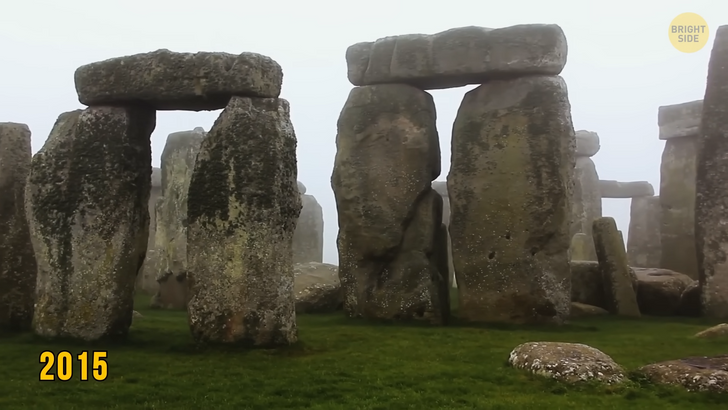
Scientists analyzed isotopes of magnesium and aluminum on its surface and found that it was 4.566 billion years old. Our planet’s age is 4.543 billion. It was the oldest sample of magma from outer space in history. Even before our world was formed, this stone had entered our Solar System and had been patiently waiting for a place to land.
Scientists also learned that the rock was part of a small destroyed protoplanet. There were many other planets in our Solar System billions of years ago. It was also filled with giant asteroids. They collided with one another and turned into large celestial bodies. Some of them split into pieces, and some became planets. These massive planets were crushing and destroying smaller ones, including that protoplanet. It burst into millions of stones, and one of them fell in the desert many years later.
Between 800 and 200 BCE, people built the city of Nan Madol [Nan ma—dOll] ...on coral reefs. That place consisted of about 100 artificial islands. The builders created them using huge basalt blocks. They laid about 350 million tons of basalt on underwater reefs near Micronesia.
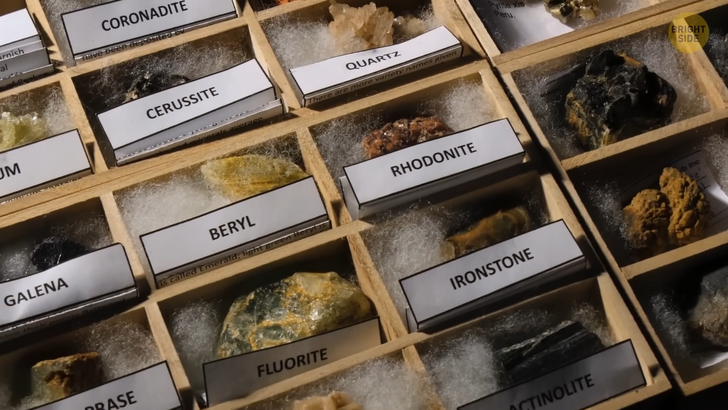
Where did they get these blocks? How could they transport them and install these giant things on the seabed? It seems like a tricky engineering task even in the 21st century. It’s also unknown why people created this city and what happened to those who lived here.
Now its entire territory is overgrown with palm trees and bushes. But you can find a recreated map with the exact location of each basalt island on the Internet.











